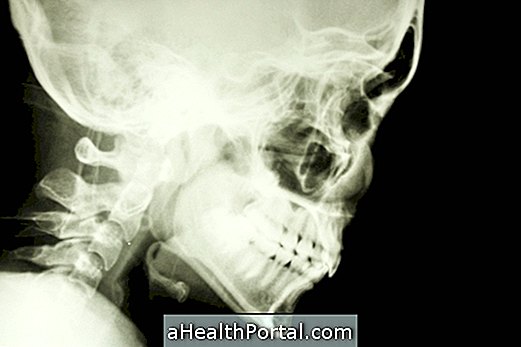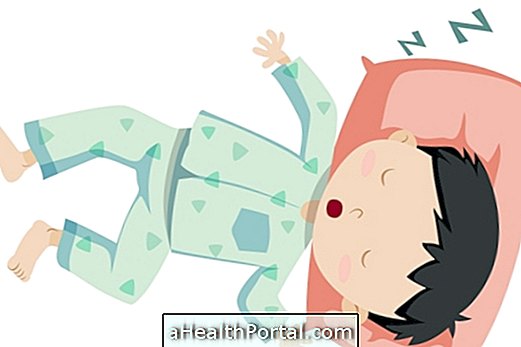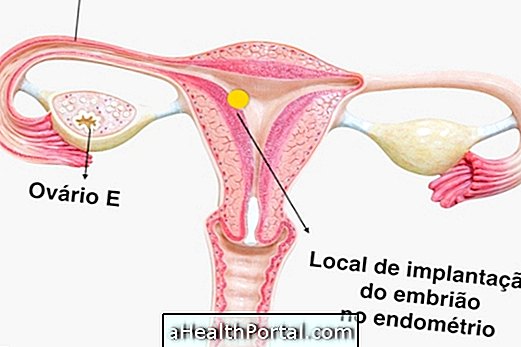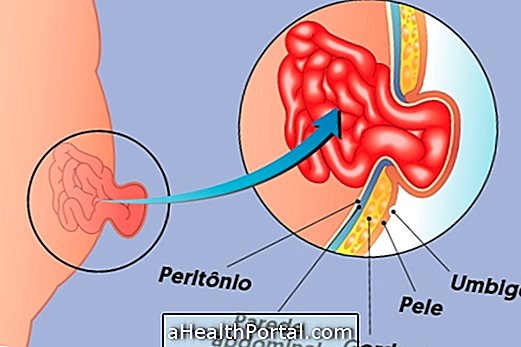Ohtahara syndrome is a rare type of epilepsy that usually occurs in infants less than 3 months old and is therefore also known as infantile epilepsy encephalopathy.
The first seizures of this type of epilepsy usually occur during the last trimester of pregnancy, still inside the uterus, but may also occur during the first 10 days of the baby's life, being characterized by involuntary muscle contractions that leave the legs and arms rigid for some seconds.
Although there is no cure, treatment with the use of medicines, physical therapy and dietary adjustment can be done in order to prevent the onset of seizures and improve the quality of life of the child.
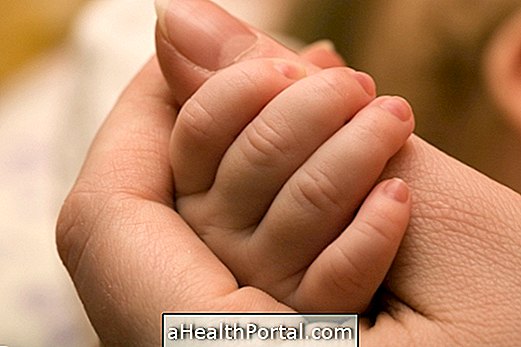
How to confirm the diagnosis
In some cases, Ohtahara syndrome can be diagnosed by the pediatrician only through observation of the symptoms and evaluation of the child's history.
However, the doctor may also order an electroencephalogram, which is a painless exam that evaluates brain activity during seizures. Learn more about how this exam is done.
How is the treatment done?
The first form of treatment indicated by the pediatrician is usually the use of anti-pile medicines, such as Clonazepam or Topiramate, to try to control the onset of seizures, however, these medicines may have few results and therefore others may be advised forms of treatment that include:
- Use of corticosteroids, with corticotrophin or prednisone: reduce the number of seizures in some children;
- Surgery for epilepsy : it is used in children in whom the seizures are caused by a specific area of the brain and is done with the removal of this area, as long as it is not important for the functioning of the brain;
- Taking a ketogenic diet : It can be used in all cases to supplement the treatment and consists of eliminating foods rich in carbohydrates from the food, like bread or pasta, in order to control the onset of the seizures. See which foods are allowed and prohibited in this type of diet.
Although the treatment is very important to improve the child's quality of life, there are many cases in which Ohtahara's syndrome worsens over time, causing delays in cognitive and motor development. Due to this type of complications, the life expectancy is low, being approximately 2 years.
What causes the syndrome
The cause of Ohtahara syndrome is difficult to identify in most cases, however, the two main factors that appear to be at the root of this syndrome are genetic mutations during pregnancy and brain malformations.
Therefore, in order to reduce the risk of this type of syndrome, avoid becoming pregnant after the age of 35 and follow all the doctor's recommendations, such as avoiding alcohol consumption, not smoking, avoiding the use of non-prescription medicines and participating in all prenatal consultations, for example. Understand all the causes that can lead to a risky pregnancy.



